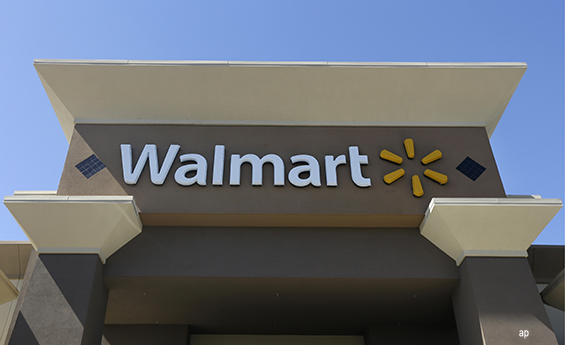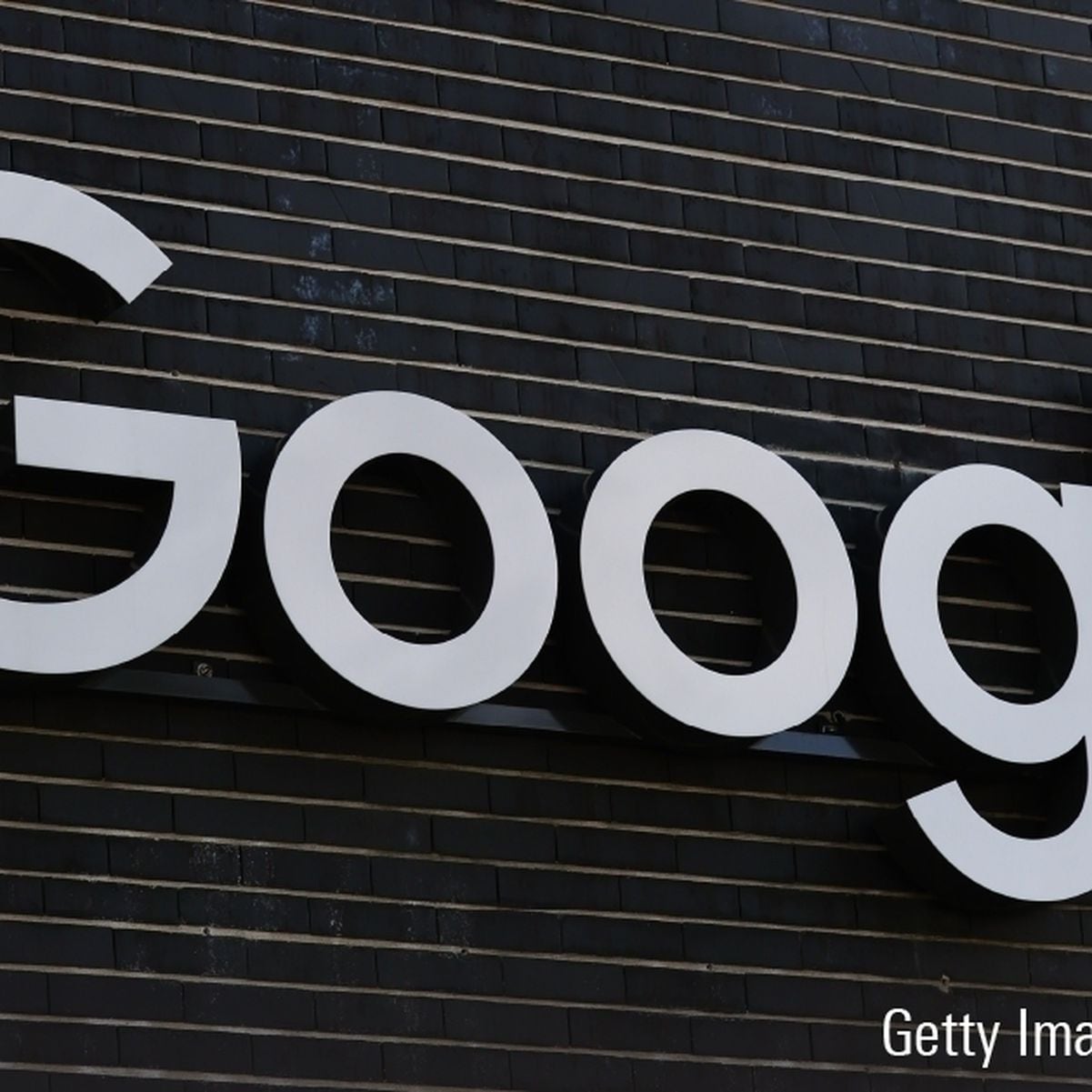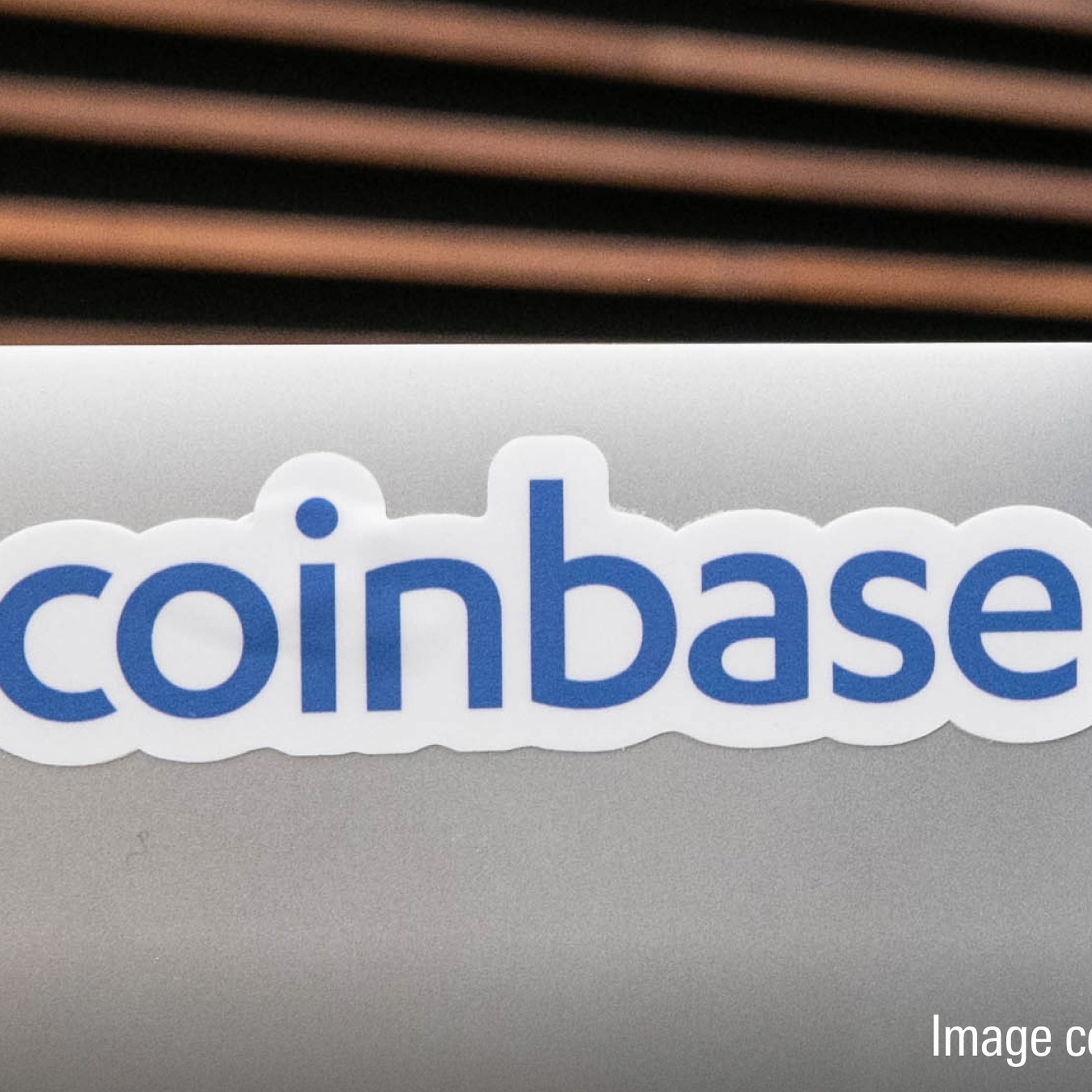Why Cost Matters for Competitive Advantage
Cost advantages allow businesses such as Wal-Mart, Coca-Cola and Nike to offer lower prices to secure greater volumes or extract higher margins than competitors

Cost is one of Morningstar's five sources of competitive advantage, allowing a firm to produce a good or service at a lower cost than its rivals. It is typically underpinned by scale, proximity to customers, or access to low-cost raw materials, cheaper financing and research and development. It may also come from proximity, which manifests as a transport cost advantage or from access to low-cost raw materials. It allows businesses to offer lower prices to secure greater volumes and/or extract higher margins than competitors. Lower costs, like prohibitive switching costs for customers, can often to boost firms' dominance in an industry.
Cost is the second most common source of competitive advantage - known as a company's economic moat, after intangible assets, and appears in all sectors, particularly communication services, consumer defensive, and financial services. Cost advantage by itself is uncommon; rather, it typically exists in combination with another source of advantage.
Nearly half of all cost advantage moats are in combination with intangible assets, with brands and scale often working together. The union of cost advantage and network effect is rare but powerful, yielding a high proportion of wide moats - or significant competitive advantages.
Understanding cost advantage is key to understanding economic moats across several industries. It applies frequently in the communication services, consumer defensive, and financial services sectors. Cost advantage is also relatively common across the healthcare, industrials, and consumer cyclical sectors.
At the company level, cost advantage may be hard to come by, as firms can have a portfolio of assets scattered across the cost curve; this is particularly relevant for commodity producers and processors. And firms may have low-cost assets but may have overpaid to acquire them, either through expensive developments or through acquisitions, preventing excess returns.
Some industries may feature relatively flat cost curves, preventing material cost advantages. Others may be subject to a high proportion of government or private ownership, leaving publicly listed firms with assets higher on the cost curve. This is particularly true in oil and gas, where governments and national oil companies, such as Saudi Aramco, hold some of the lowest-cost fields.
Cost Advantages Underpin Competitiveness
Buying Power: Companies with large customer bases can derive a cost advantage from purchasing power with suppliers. Retailers such as Wal-Mart (WMT) can extract volume discounts from suppliers, providing cheaper prices to customers while retaining some of the buying power benefit for shareholders through higher margins.
Manufacturers and Processors: These companies may gain a unit cost advantage by driving large volumes of relatively few products across a fixed cost base, thereby reducing average costs of production as volumes rise. Others may derive an advantage by producing a broad suite of products and leveraging each across common assets and capacity. Manufacturer scale, often coupled with distribution scale, is common for mainstream consumer companies. Processing scale may drive economies of scale for commodities processors such as chemicals companies and oil refiners.
In food and beverages, Coca-Cola (KO) and Pepsi (PEP) benefit from manufacturing scale, as do global cigarette makers and large global brewers such as Anheuser-Busch InBev (ABI). Anheuser-Busch InBev controls 70% market share in Brazil and 50% in the US, which are respectively the world's third- and second-largest beer markets. Scale in key markets reduces manufacturing complexity, leverages fixed assets, and lowers average costs of production.
The size of Exxon's (XOM) refining and chemical manufacturing operations and the physical integration between them constitute a unique asset, leading to an unequalled advantage that cannot realistically be duplicated.
Route Density: Increased scale in distribution or transport, coupled with improved asset utilization via fuller loads, can bring a cost advantage. The marginal cost to serve a new customer is far lower for an operator with existing scale versus a potential new entrant.
Route density benefits the major package-delivery companies such as FedEx (FDX) and UPS (UPS). FedEx and UPS dominate domestic parcel delivery in the US. Route density allows both to efficiently use important assets such as planes, sorting sites, and trucks to cost-effectively deliver parcels.
Low-Cost Finance: Many banks, particularly large, retail-focused banks, derive cost advantage from access to low-cost funding. Core banking is a relatively simple business. A bank borrows money from deposits at a certain interest rate, and then lends out that money at a higher interest rate, earning a spread. Many retail and commercial clients are willing to make deposits at low or zero interest rates. Banks with scale in certain areas tend to have a higher concentration of these lower-cost deposits. Additionally, greater core deposits lead to lower liquidity restraints, allowing investment in higher-yielding assets.
Wells Fargo (WFC) is a classic example of a low-cost funded bank. It has top deposit share in one third of its markets and is second or third in another third of its markets. This sees 20% of its tangible assets funded by deposits yielding 0%. It is not hard to earn a positive return when a large portion of funding costs are zero.
Research and Development: Some companies can achieve economies of scale or scope in their R&D expenditure. For firms in industries where high R&D expenditure is indispensable, this benefit can be sufficient to underpin a cost advantage.
Two basic situations are conducive to scale economies for R&D. First, a company can develop expertise in scientific or engineering fields and apply it in multiple domains. Industrial conglomerates such as General Electric (GE) and 3M (MMM), which both have strong competitive advantages or wide moats, are good examples. Both apply a centralised R&D function across different business and product lines.
3M has a century of expertise in abrasives, adhesives, filters, and coatings, which it applies to develop a wide range of products. Second, a company can develop domain-specific knowledge in an end market, and use it to enhance R&D spend across a wide variety of products for that end market.
Within technology, the relentless speed of new products and services demands heavy scrutiny of potential cost advantages. However, some semiconductor firms have carved sustainable cost advantage moats.
Leading chipmaker Intel (INTC) is a prime example. Many Chinese semiconductor firms have the financial resources to make leading-edge chips, but not the intellectual property and know-how fostered through research and development. Intel's massive R&D budget, averaging $12 billion annually from 2014 to 2016, allows it to profitably offer the latest and greatest PC and server processors.
Advertising and Marketing: Scale can help leverage advertising and marketing expenditure. Large companies can use their budgets to promote brands in ways smaller companies cannot, while potentially delivering more bang for their buck.
Global brands such as Nike (NKE) and Adidas (ADS) can afford to advertise via global events such as the World Cup and the Olympics, with the cost diluted across global markets.
Large buyers can generate economies of scale and scope. Advertising rates tend to be lower if the client buys many slots. There is also leverage when the brand name spans multiple products. For example, Danone (BN) leverages its name across water and yogurt, and some consumer cyclical firms, such as Nike, also leverage their brands across multiple product lines.
The trouble is, not many other manufacturers do, especially in the consumer defensive sector. Most consumers do not equate the corporate name with the brand, so manufacturers cannot advertise on the corporate level. Procter & Gamble (PG) has tried and failed.
Occupancy: Large retail chains may be able to secure favourable lease terms from landlords, which contributes to a cost advantage. Big-box retailers such as Costco (COST) operate out of large-scale warehouses, frequently in semi-industrial areas. This can reduce the cost of rent as a proportion of sales, particularly relative to smaller-scale rivals.
Cost Advantages Hard to Sustain
But cost advantages can be difficult to maintain. Excess returns may be fleeting, for example, and: new low-cost production can damage the competitive landscape. Efficient processes may be replicated, eroding the relative cost advantage. And disruptive technology can shift competitive positions, customer preferences, and demand.
The financial services industry is an example of the cyclical nature of advantages. Financial firms can look deceptively strong in an economic upswing. At the top of an economic cycle, credit costs and credit spreads are low, risk appears low, asset prices are generally high, and credit activity is generally elevated. These factors inflate industry profitability. When the cycle turns, the true cost of credit can emerge, as in the 2007-2008 Global Financial Crisis. Falling asset prices can shrink assets under management and related profits.






